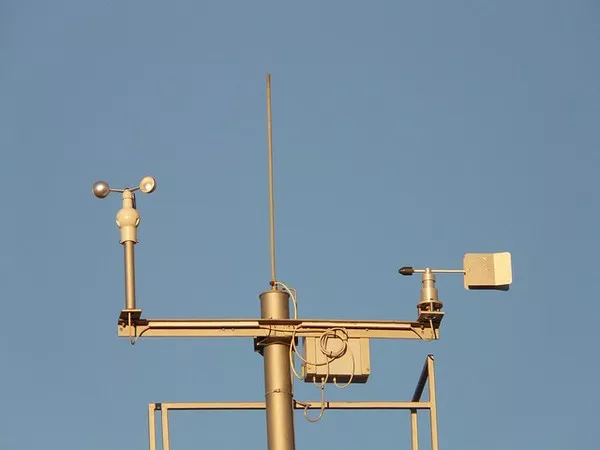The measurement of wind speed and direction, crucial for various applications ranging from weather forecasting to wind energy production, has significantly evolved over the years. One of the key instruments used for this purpose is the anemometer. This article delves into the history of the anemometer, highlighting the individuals and innovations that have played pivotal roles in its improvement and development.
The Birth of Anemometry:
The concept of measuring wind speed dates back to ancient civilizations, where rudimentary devices like flags or simple mechanical contraptions were used. However, the first documented anemometer-like device was invented by Italian scientist Leon Battista Alberti in the 15th century. Alberti’s invention consisted of a rotating sphere connected to a gauge, which provided a rough estimate of wind speed.
Contributions of Robinson and Pitot:
In the 18th century, further advancements were made by British meteorologist John Thomas Romney Robinson and French engineer Henri Pitot. Robinson introduced the cup anemometer in 1846, which consisted of rotating cups mounted on arms perpendicular to the direction of the wind. This design significantly improved accuracy compared to previous models. Pitot, on the other hand, developed the Pitot tube in 1732, which measures air velocity based on the difference in pressure between static and dynamic ports. Although initially used in fluid dynamics, the Pitot tube found application in anemometry, particularly in aviation.
The Revolution of Modern Anemometry:
The 20th century witnessed a revolution in anemometry with the introduction of electronic and ultrasonic anemometers. Among the notable figures in this era is John Patterson, an American engineer who developed the first practical acoustic anemometer in the 1960s. This device utilized ultrasonic waves to measure wind speed and direction, offering higher precision and reliability compared to traditional mechanical anemometers.
Advancements in Electronic Anemometry:
Electronic anemometers gained popularity in the latter half of the 20th century due to their improved accuracy and versatility. One significant advancement was the introduction of hot-wire anemometers, pioneered by Swedish physicist Wilhelm H. Kähler in the 1930s. These devices measure wind speed by monitoring the cooling effect of airflow on a heated wire. Kähler’s work laid the foundation for the development of modern electronic anemometers used in various industries, including meteorology and aerodynamics.
The Role of Remote Sensing:
In recent decades, remote sensing technologies have transformed the field of anemometry. Lidar (Light Detection and Ranging) and sodar (Sonic Detection and Ranging) systems have emerged as powerful tools for measuring wind characteristics remotely. Among the pioneers in this domain is Dr. Alan Brewer, who made significant contributions to lidar-based wind measurement systems in the 1980s and 1990s. Lidar systems use laser beams to detect wind speed and direction by analyzing the Doppler shift of backscattered light from aerosols in the atmosphere.
Integration of Artificial Intelligence:
The integration of artificial intelligence (AI) has further enhanced the capabilities of anemometry systems. Machine learning algorithms can analyze vast amounts of data collected by anemometers to improve wind forecasts, optimize turbine performance in wind farms, and even detect turbulence for safer aviation operations. Dr. Cristina Archer, a leading researcher in wind energy and atmospheric science, has been at the forefront of applying AI techniques to improve wind resource assessment and prediction models.
Future Directions:
Looking ahead, advancements in anemometry are expected to continue at a rapid pace. Emerging technologies such as quantum sensors and advanced data analytics hold promise for further enhancing the accuracy, reliability, and efficiency of wind measurement systems. Additionally, the integration of anemometers into Internet of Things (IoT) networks will enable real-time monitoring of wind conditions across diverse geographical locations, facilitating better decision-making in various sectors.
Conclusion:
The evolution of the anemometer from simple mechanical devices to sophisticated electronic and remote sensing systems has been driven by the ingenuity and dedication of numerous scientists, engineers, and researchers over the centuries. From Alberti’s pioneering efforts to modern-day innovations in AI and remote sensing, each advancement has contributed to our understanding and harnessing of wind energy. As we continue to strive for a sustainable future, the role of anemometry in renewable energy production, weather forecasting, and environmental monitoring will only grow in importance.

